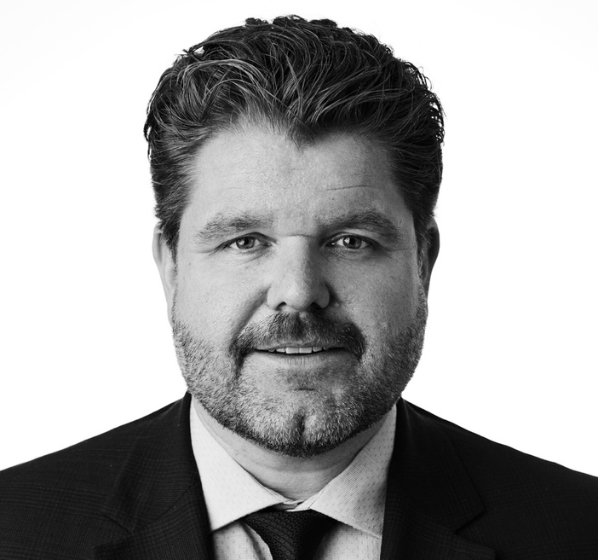A new category of pensionable earnings will be introduced in January 2024
Beginning in 2019 the Canada Pension Plan (CPP) – which is designed to provide a monthly, taxable benefit that replaces part of the income of qualifying Canadian retirees – began a gradual enhancement process. CPP premium payers have so far endured rate increases, new future benefit calculations, and in 2024 the introduction of a second insurable earnings limit to consider: YAMPE, which stands for Year’s Additional Maximum Pensionable Earnings and creates a new, second range of pensionable earnings under CPP.
The objective of these changes: to provide today’s workers (the seniors of tomorrow) higher benefits and improved baseline financial stability in retirement by introducing gradual increases to the amount today’s workers (and employers) contribute to the CPP. It’s worth noting that the benefit enhancement only affects those who work and contribute to the CPP in 2019 or after, but they could represent a significant increase in the eventual CPP benefit enjoyed, which will be maximized for younger workers who contribute to “Enhanced CPP” for 40 years or more.
Impact on CPP rates and introduction of YAMPE
Since 2019, CPP contribution rates have risen annually. The rate paid by both employers and employees on employment income in 2023 was 5.95%, up from 4.95% in 2018. Meanwhile self-employed individuals, who contribute both the employee and employer portions, contributed 11.9% in 2023.
Beginning in 2024 rates will remain the same (5.95%), but the yearly maximum pensionable earnings (YMPE) threshold (the maximum annual earnings to which CPP premium rates are applied) will increase to $68,500. This will have the effect of increasing maximum annual CPP contributions from $3,754 to $3,868 for employees and employers and from $7,509 to $7,735 for self-employed individuals (all figures rounded to the nearest dollar).
Furthermore, a new category of pensionable earnings will be introduced in January 2024. A new limit, known as the Year’s Additional Maximum Pensionable Earnings (YAMPE) will not replace the YMPE mentioned above, but will instead create a second range of pensionable earnings under CPP – those between the YMPE limit and the new YAMPE limit – that will be subject to a separate 4% contribution rate for employees and employers and 8% rate for self-employed individuals.
The YAMPE ceiling for 2024 is set at $73,200, an amount that is 7% higher than the YMPE limit. Therefore, the new 4% CPP contribution will be applicable to an amount of $4,700, the difference between the YAMPE limit and the YMPE limit. In 2025, the YAMPE limit will be 14% higher than the YMPE limit. These amounts will increase annually to reflect wage growth.
How will Canadians benefit from Enhanced CPP?
It depends.
Benefits are increasing to an eventual maximum of 33.33% of one’s average lifetime pensionable earnings (up from today’s 25% ceiling), but new maximum retirement benefits will continue to be phased in for the next 42 years, meaning no one will fully receive the new maximum retirement pension benefit until 2065.
If someone is thinking of applying for CPP in the near term, the enhanced CPP will likely provide little value to them. However, for each year of pensionable earnings in 2024 and beyond, the maximum CPP retirement pension benefit looks to grow annually and could result in an increase to a maximum CPP retirement pension of more than 50%, in the case of those making enhanced contributions for 40 years.
Planning considerations
For younger Canadians who earn – or will earn – primarily employment income that is at or above the annual YAMPE threshold, there will be a meaningful increase in eventual CPP benefits under the prevailing legislation. Still, even without taking into consideration the potential for future legislative changes, one must always bear in mind that even the maximum benefit offered by the “Enhanced CPP” is only designed to deliver Canadians a contribution to their retirement income equal to 33.3% of average work earnings. A qualified financial advisor can help individuals and families ensure their unique mix of retirement income (CPP, employer pension benefits, investment income, etc.) will allow them to meet their retirement goals.
For certain self-employed individuals with the ability to remunerate themselves either via salary or dividends (which are not subject to CPP contributions), the increasing cost of CPP (up to $8,100 in 2024) may be yet an additional decision factor worth considering in the salary-versus-dividends question. Always consult with a financial professional when weighing the many dimensions of a salary-versus-dividends decision.
Not everyone will benefit fully from CPP enhancements. In general, how much each worker will ultimately benefit from CPP is entirely dependent on how much they contribute to “Enhanced CPP” and for how long, but there will be a significant change to the way rates are calculated and paid which will be felt by employees, employers, and the self-employed beginning in January 2024.

